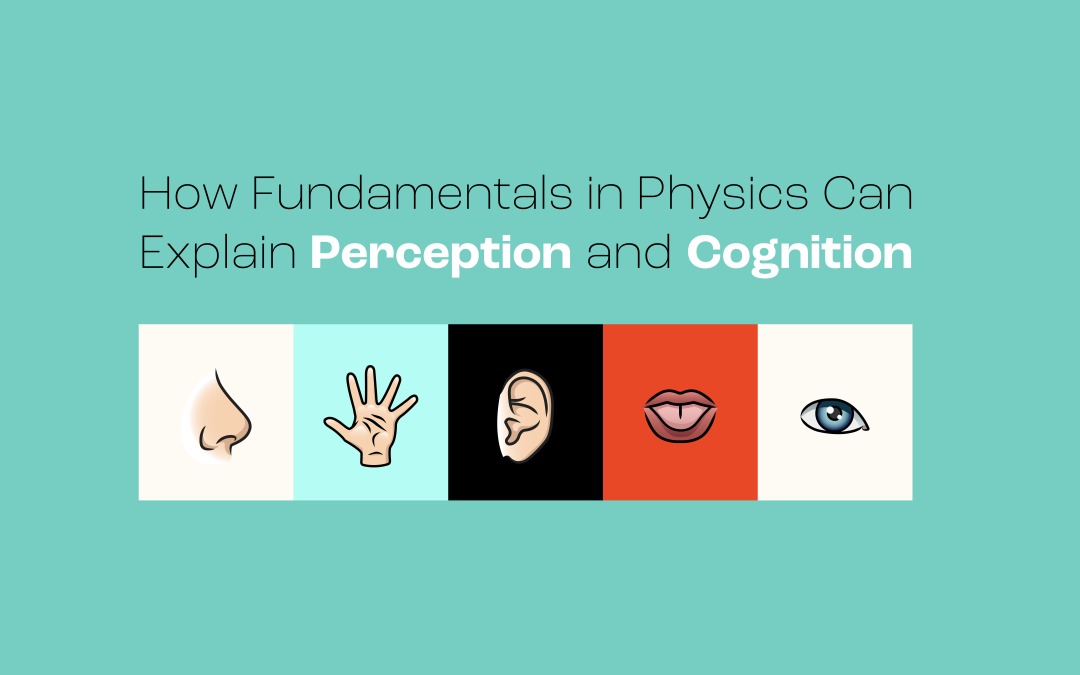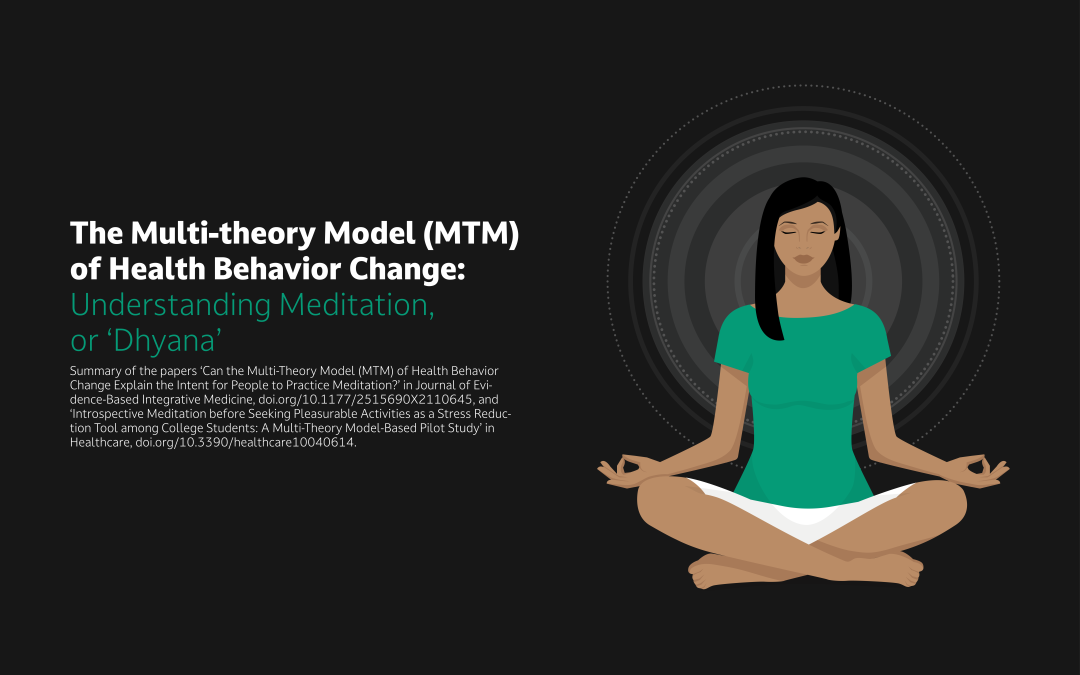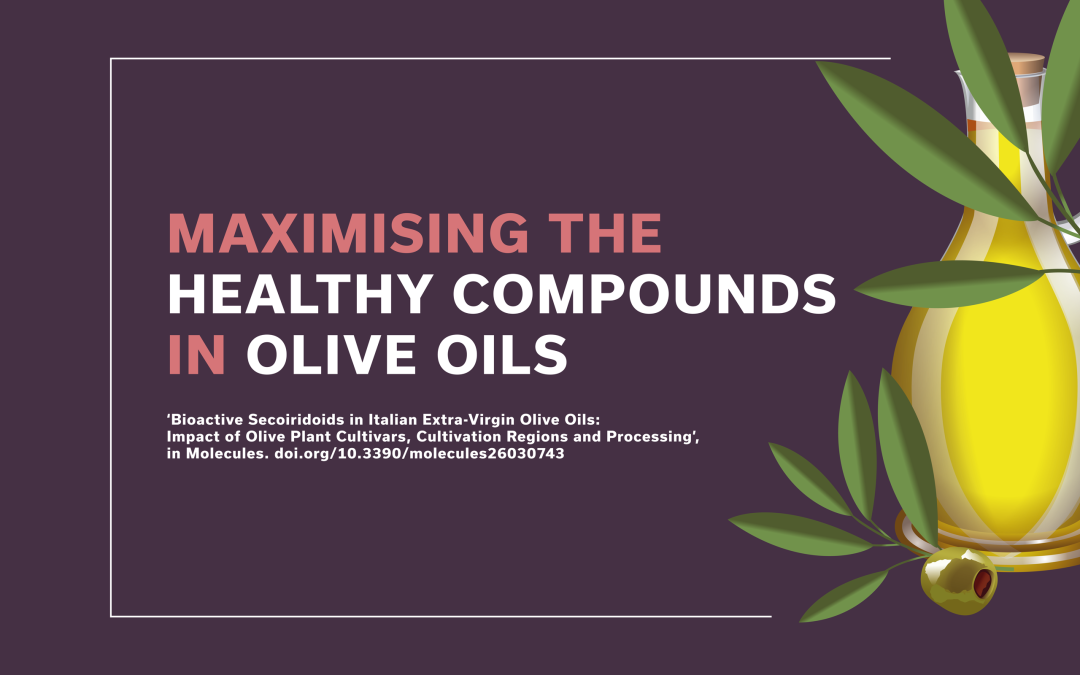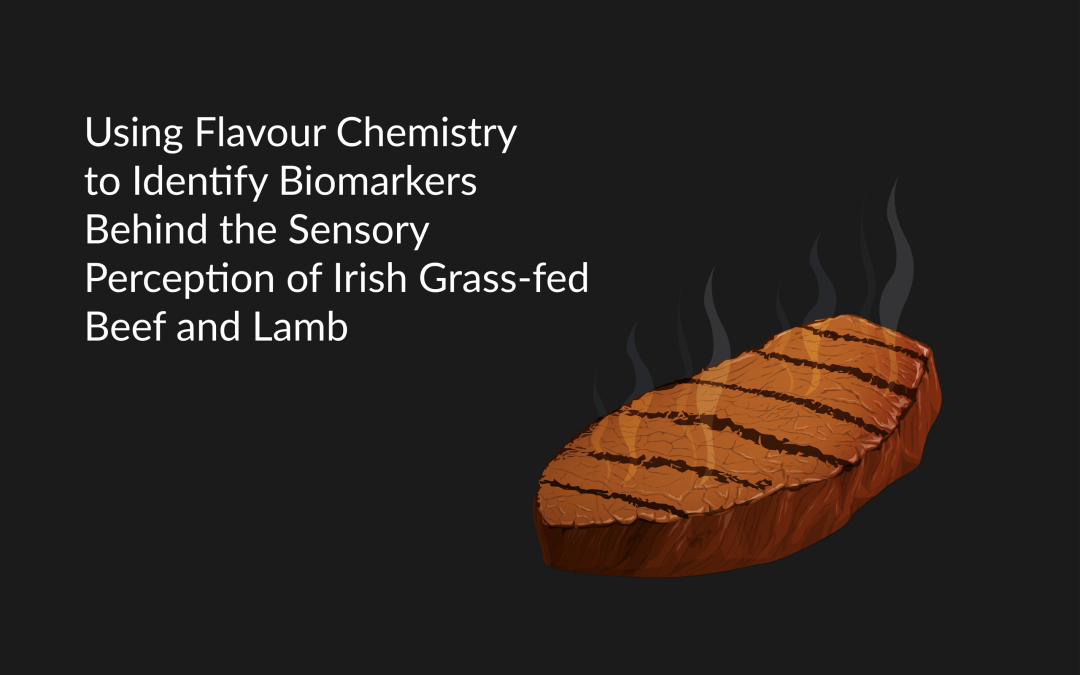
by admin | Mar 7, 2023 | behavioural sciences animated, research animated
Psychophysics is the formal study of perception – our sensory experience of the world. Professor Zygmunt Pizlo at the University of California-Irvine explains that while symmetry is fundamental in both physics and mathematics, it is also fundamental to our understanding of vision. He believes there is much to gain in expanding the existing boundaries of psychology, cognitive science and neuroscience by embracing established fundamentals in physics.

by admin | Feb 22, 2023 | behavioural sciences animated, health and medicine animated, research animated
Meditation is the regular, purposeful practice of becoming aware of one’s bodily sensations, thoughts, or other points of focus. Professor Manoj Sharma, a global health promotion leader and Chair of the Social and Behavioral Health department at the University of Nevada, Las Vegas, wished to test whether a health behavioral model that he developed could explain why adults begin and maintain a meditation practice. While this multi-theory model – or ‘MTM’ – has been applied to many health-related behaviors, two domains are core to the model: initiation of a health behavior and sustenance of this behavior.

by admin | Feb 10, 2023 | health and medicine animated, research animated
Antibiotic resistance is one of the greatest threats currently facing public health. Professor John Moses, based at Cold Spring Harbor Laboratory, along with a team of international collaborators, has proposed a conceptually unique way to extend the life of clinically used antibiotic drugs.

by admin | Feb 8, 2023 | physical sciences animated, research animated
Secoiridoids are a family of healthy compounds found in olive oil. The type, ratio, and amount of the four major secoiridoids in olive oil depends on several factors. These include the olive variety, the region in which it was produced, and the process used to extract the oil. Understanding how to optimise the secoiridoid content in olive oil is a key focus for many food scientists. Towards this aim, Dr Ilario Losito from the University of Bari Aldo Moro and his colleagues extensively analysed 60 different types of olive oils produced in Italy. They used specialist chemistry techniques to determine the secoiridoid content of these olive oils.

by admin | Feb 1, 2023 | arts and humanities animated, behavioural sciences animated, research animated
For many consumers, the origin of the food they buy is of great importance. For instance, Irish beef and lamb is often seen as superior quality meat, as the animals are typically reared outdoors on a diet of predominately fresh grass. However, are Irish beef and lamb actually any different to meats produced elsewhere, from animals reared indoors in less sustainable production systems? Professor Kieran Kilcawley and his team at the Teagasc Agriculture and Food Development Authority in Ireland, in conjunction with University College Dublin, are investigating the ‘flavour chemistry’ of beef and lamb. Their aim is to determine whether there are fundamental differences in the chemical properties of meat due to the animal’s diet and origin.

by admin | Feb 1, 2023 | arts and humanities animated, behavioural sciences animated, research animated
Voter turnout plays a key role in the functioning of democracies. If only a minority of citizens vote, the elected government might not accurately represent the views of the population. In contrast, when voter turnout is high, a country’s government has a strong mandate to make decisions on its citizens’ behalf. The geographical distributions of voters and voter turnout also significantly affect the outcome of elections. Dr William Durkan of Maynooth University in Ireland recently explored the changing geographies of voter turnout in US presidential elections from 2012 to 2020, using the state of Michigan as a case study.
Page 3 of 12«12345...10...»Last »






